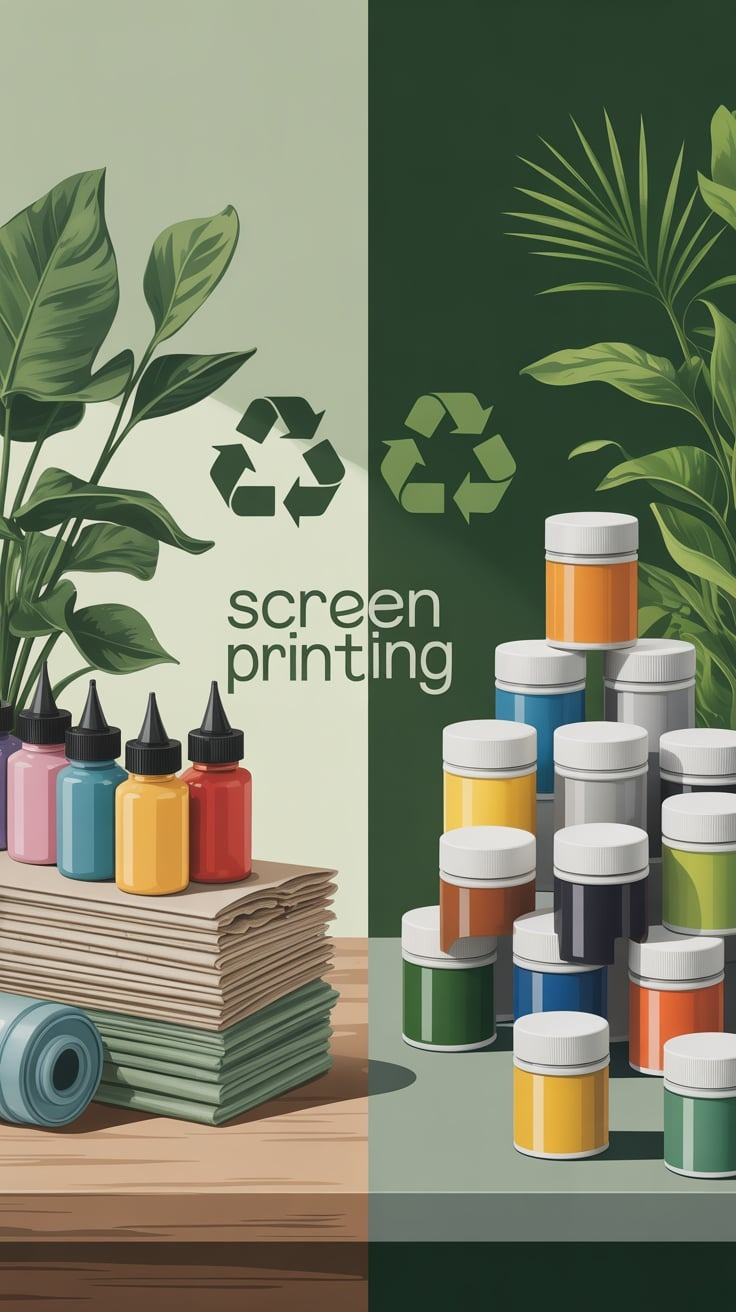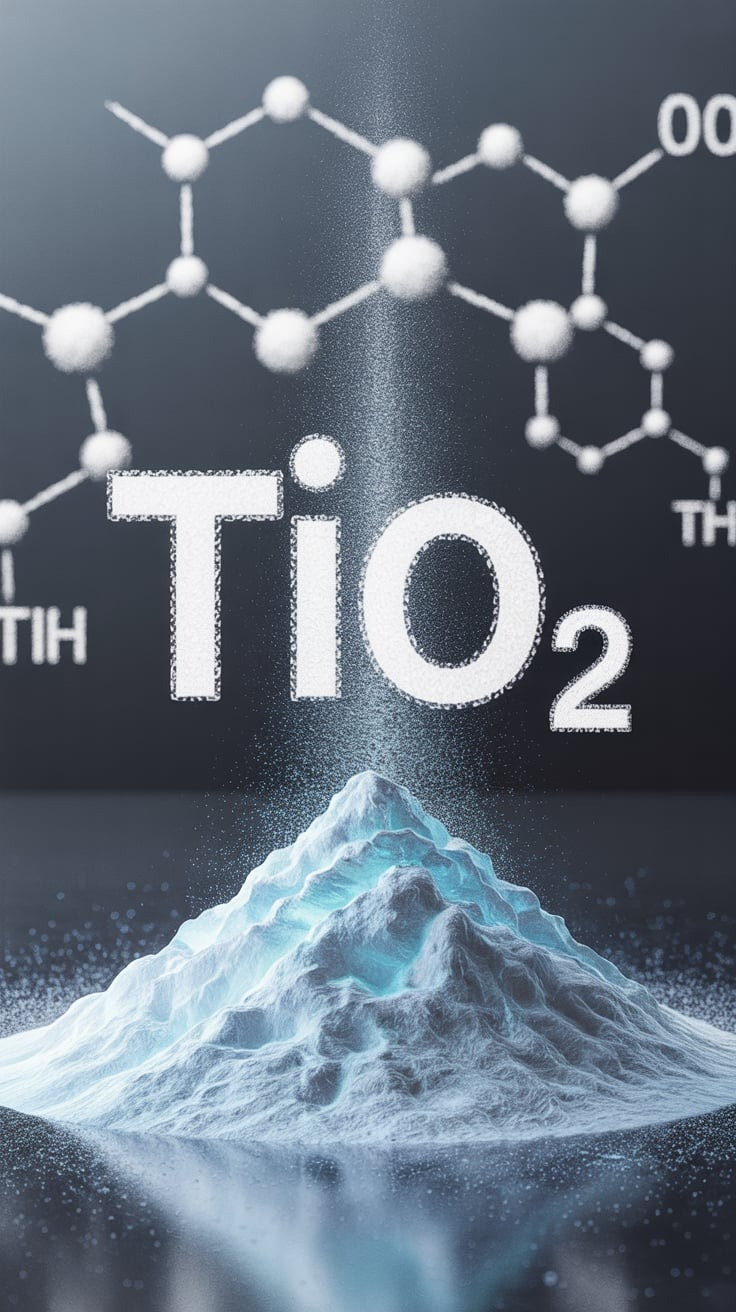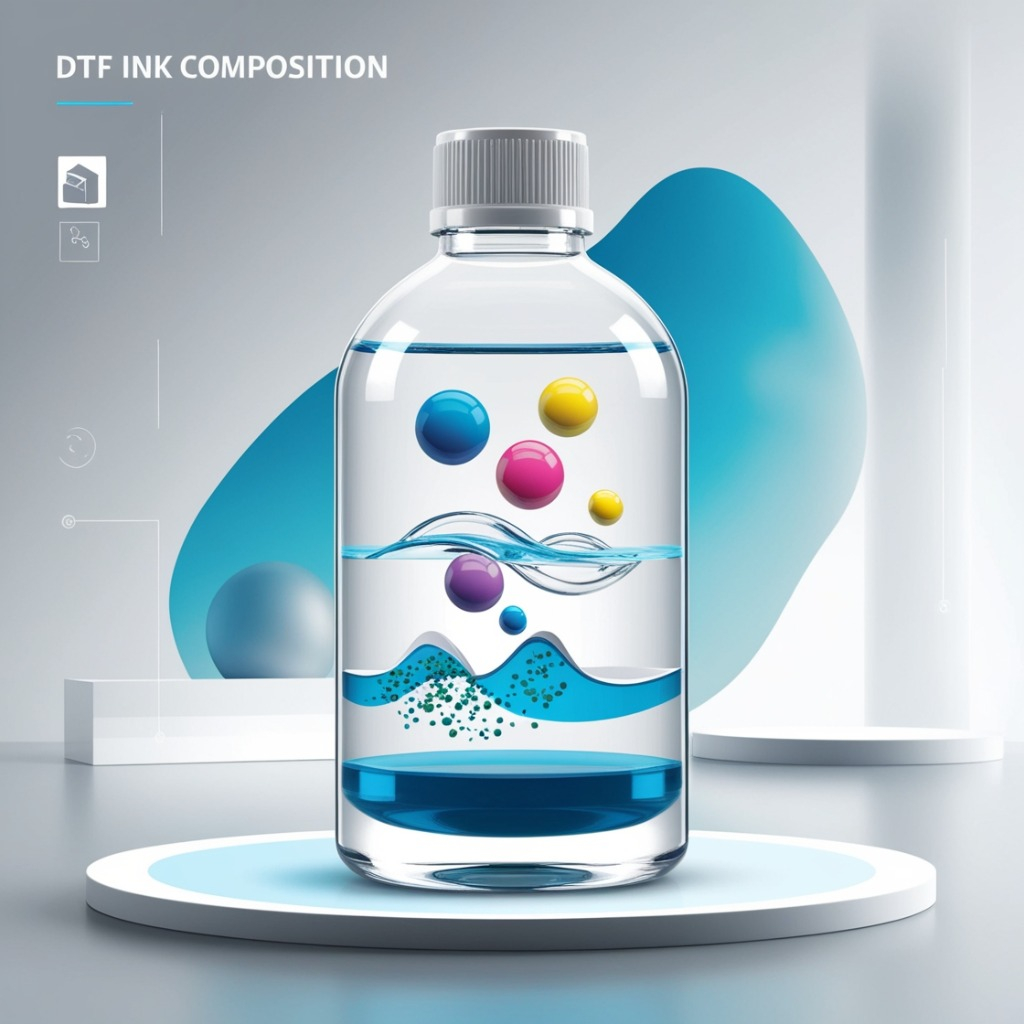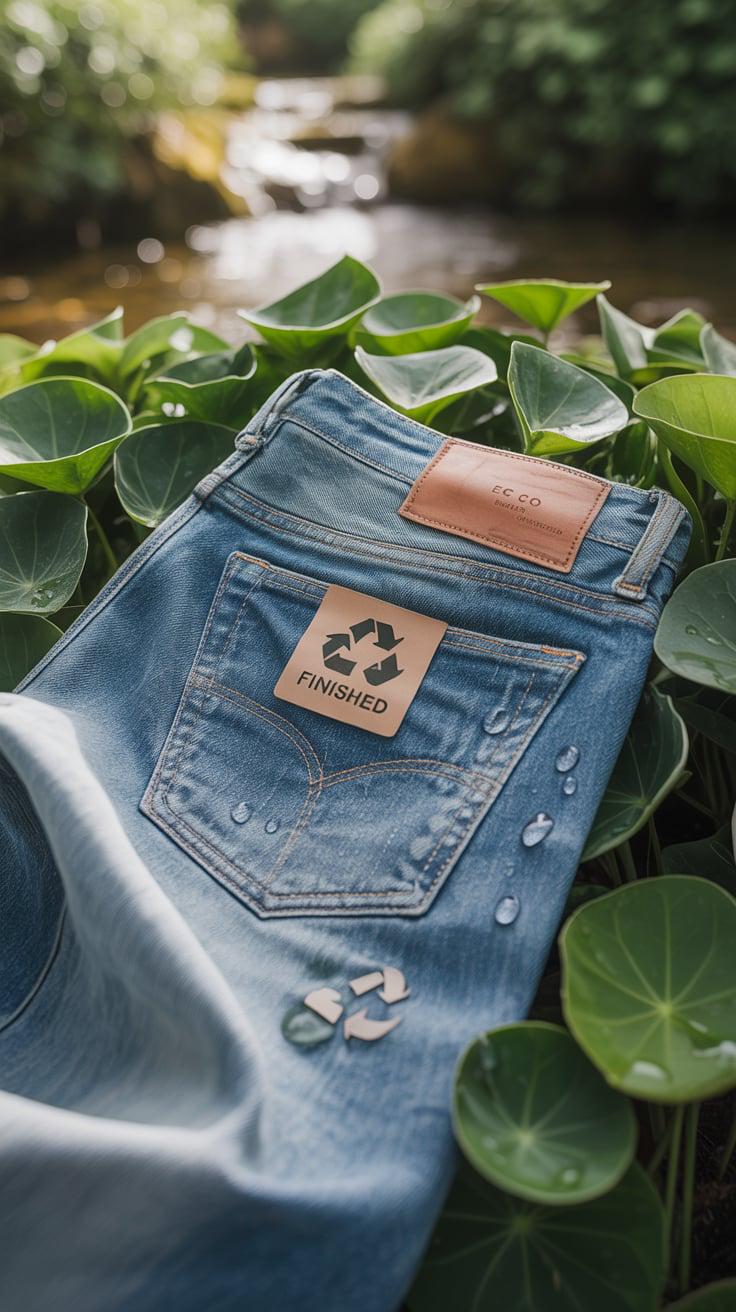
Screen printing is one of the most creative and versatile printing methods — and ink lies at its core. Whether you're printing on t-shirts, posters, wood, or glass, the type and quality of ink you choose determines not only the visual outcome but also its durability.
Screen printing inks vary significantly based on their chemical composition, drying method, and application. The most common are Plastisol inks, which remain wet until heated and offer vibrant, saturated colors with high durability. They are ideal for garments, especially in mass production, though they tend to have a heavier feel and a less environmentally friendly footprint. On the other hand, water-based inks are absorbed by the fabric, resulting in a soft, natural feel and are much more eco-friendly — perfect for those who prioritize sustainability. Although they require greater precision in application, they deliver excellent results, particularly on garments. In between are discharge inks, which bleach the fabric and then re-dye it, ideal for dark cotton fabrics and a vintage aesthetic. Finally, solvent-based and UV inks are mainly used on hard, non-porous surfaces such as metal, plastic, and glass. They offer strong adhesion and fast drying times but require proper ventilation due to volatile compounds.
Choosing the right ink isn't a matter of luck — it's a matter of practical thinking. You must consider the surface you're printing on, the equipment you have, the desired visual result, and your environmental values. For example, if you're printing on 100% cotton t-shirts and have a heat tunnel, you can easily work with discharge or plastisol inks. If your equipment is more limited but you want a natural matte finish, a high-quality water-based ink is preferable. For high durability on surfaces like metal or glass, UV inks are ideal — provided you have the necessary equipment.
Even the best ink can perform poorly if not applied correctly. Proper pressure, screen angle, and drying temperature are critical. The ink should be thoroughly mixed before use, applied with a clean and properly tensioned screen, and dried completely — either by heat or air, depending on the type. A test print is always recommended before final production, especially when using new materials or colors that you’re not familiar with.
In practice, common issues like fading, peeling, or poor adhesion often stem from using the wrong type of ink or incorrect drying processes. A plastisol ink that hasn’t been “cured” at 160°C might look perfect at first but will peel after the first wash. Similarly, a water-based ink that was “eyeball dried” without sufficient evaporation might lose its vibrancy. Using a surface thermometer or even a simple “peel test” can prevent such failures.
As the printing industry becomes increasingly conscious, there's a noticeable shift toward environmentally friendly inks and practices. PVC-free water-based inks, non-toxic cleaning agents, and ink reuse systems are now available. Certifications like GOTS, Bluesign, or Oeko-Tex indicate which products meet high safety and ecological standards. Investing in more responsible options is worth it — especially if you're catering to demanding customers or producing items for children and everyday use.
Lastly, the world of screen printing is far from static. New materials, heat-sensitive inks, glow-in-the-dark effects, metallic bases, and hybrid techniques that combine screen printing with digital printing are paving the way for even more creativity. If you want to stand out, experiment — but do so carefully and methodically.
Success in screen printing starts with choosing the right ink, continues with the right technique, and is completed with consistency and creativity. There are no magic formulas — only knowledge, observation, and practice. Choose the right material for the job and work it properly — everything else will follow with time.





